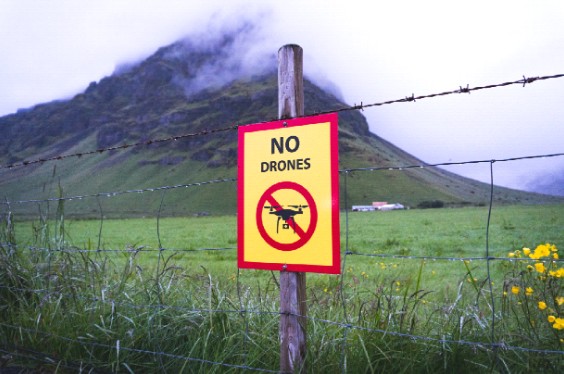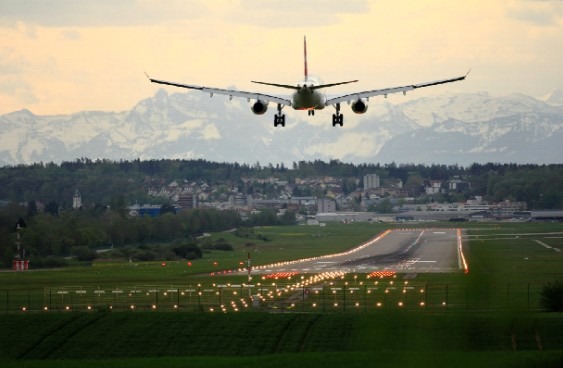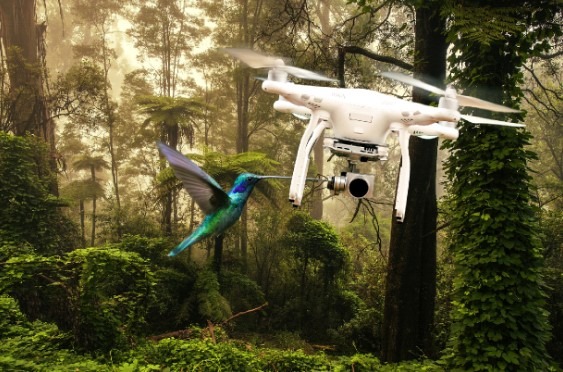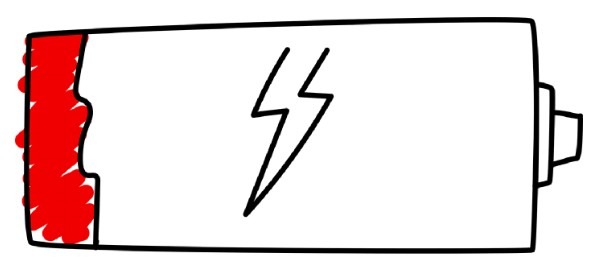When treading unfamiliar waters, you should expect to make some mistakes. However, anyone could do with a few DOs and some DON’Ts. Even drone owners! Sometimes, the manual isn’t enough.
So before you try to take over the sky in excitement, you might want to sit back for a bit. Here are 8 things NOT to do with your drone!
What NOT to Do With Your Drone
To ensure a smooth experience, many new pilots need to keep a few details in mind. Here are some of them.
Leave Your Drone Unregistered
Does your drone weigh 0.55 lbs or more? If it does, you must register it with the Federal Aviation Association (FAA) before you fly. If you’re selling images taken by your drone, you will have to sign your drone under Part 107.
In addition to drone registration, the FAA demands to show your drone registration number on your craft. You’re also required to request approval from Low Altitude Authorization and Notification Capability (LAANC) before flying in controlled airspace, which includes most of the country’s cities.
So what happens if you don’t register your drone, you ask? According to the FAA, it’s not pleasant:
“Failure to register an unmanned aircraft that is required to be registered may result in regulatory and criminal penalties. The FAA may assess civil penalties up to $27,500. Criminal penalties include fines up to $250,000 and/or imprisonment for up to three years.”
Fly Under the Influence
A drone isn’t as harmless as you think it is. It’s a weighty lump of plastic with four blades flying around in the air. When handled irresponsibly, drones can be extremely dangerous. It doesn’t take much imagination to see how badly this scenario can turn.
You need to be at your peak concentration when operating a drone. Your reflexes need to be precise, and your decisions should be quick. If not, harm won’t only come to your drone. It may also come to other people.
Fly in Airport Airspace
As of May 2019, the FAA demands authorization from all hobby pilots before they can fly in controlled airspace. That means you can’t just go out and fly if you’re within a few miles of an airport. If you’re a bit confused about other requirements, you could always consult the FAA’s website.
When it comes to airports, airspace is limited. Flying your drone in or within five miles of an airfield is illegal. The resulting pictures and videos could be stunning, but you have to consider the very present possibility of wind driving your drone straight into the flight path of a plane. In short, please stay away from airports and airplanes (they have the right of way in the air!)
Fly Around Trees
Wind can either be your enemy or your friend. On bad days, it’ll drive your drone to veer off into the forest. However, the wind isn’t your drone’s only threat. There are plenty of other things to be wary of, like the return-to-home (RTH) feature available in many drones.
Imagine this scenario: you’re flying a drone at very low altitudes, and there’s a tree canopy overhead. The RTH initiates and lifts your drone up to 60 feet or even more.
Yet, that’s not the only risk RTH produces. Most drones know that they are at point A and home is at point B. It would be best if you were then mindful of obstacle avoidance sensors. If there isn’t any on the craft, you should ensure that there are no barriers between the drone and home.
Fly Too High—or Too Low!
Forget about flying around trees. In general, it’s wise to avoid flying too high or too low. The maximum transmission distance is marketed by most manufacturers in ideal conditions. These conditions indicate large open fields without trees, houses, hills, or any other disturbances.
In realistic situations, it’s always impossible that you’ll achieve this total distance. While certain drones have features that return them to the “target” point if the signal is lost, some plummet from the sky. It’s best to fly within safe parameters at first. Then, you can unleash your drone all you want.
Shoot on a Low Battery
Be patient with batteries. If you have less than a charge, you’d better keep your drone away from the skies. There’s a significant risk of getting a low battery in the air. Drones won’t just drift slowly to the ground when they run out of charge. Instead, they’ll abruptly stop and drop.
The same is also applicable for the remote control. Note that ensuring that your drone moves and lands safely is your legal duty. You shouldn’t take off unless you think you can land safely. The best way to avoid an accident is to take off with a full charge on all of your vehicles.
Ignore the Sun
The sun is a glorious source of light. It’s also hugely unpredictable. A couple of clouds could easily ruin your shot by making way for lighting inconsistencies. To battle this, you might want to take a few minutes to plan your flight and your location.
Shooting while directly facing the sun can allow for a stark contrast. Meanwhile, shooting with the sun sideways can trigger flares on your camera’s lenses or even cause some odd shadows. The ideal position for shooting is with the sun behind you. Just be mindful of your drone’s shadows, as it might sneak into the picture.
Fly With FPV Goggles!
First-person view (FPV) goggles take away your spatial awareness. Keeping your vehicle line of sight is critical to safe operation. Put merely, first-person view (FPV) goggles have no place in the hands of a new pilot.
Grasping the basics can be hard enough for beginners: dealing with wind direction, understanding a flight’s dynamic, as well as learning how to handle a drone. Sure, FPV goggles are fun, but you need to grapple with the fundamentals and then work your way from there.
Conclusion
Drone flight can be a lot of fun, but there is also a risk factor involved if you don’t take sufficient steps to ensure safety. It’s the same as any new hobby: there’s a learning curve, and it’s best to start early. But you also need to start right and not rush into anything. After all, progression comes with time and practice. The best approach is, purchase a beginner’s drone first. Good luck flying!



